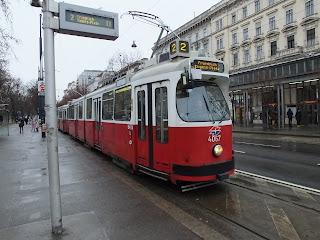Lydham Heath
Horderley 1935
Stretford Bridge junction
Bishop's Castle in 1939
Bishop's Castle in 1905
(All pics sourced via Google)
One of the UK's less well known minor railways was the Bishop's Castle Railway. It had a troubled history and was always in financial difficulties.
Building of the line commenced in 1861, well before the Light Railway Act, though it shared many light railway characteristics - poverty, second hand locos and a general run down feel. The line was planned as a through route from Craven Arms to Montgomery, with a short branch from Lydham Heath to Bishop's Castle. In the end the Lydham Heath to Montgomery section was never built, making the completed route Craven Arms to Bishop's Castle with a reversal at Lydham Heath. The line was completed and opened for traffic (in its truncated form) in 1865 and was sold into receivership in 1867, remaining in this situation until closure in 1935. Bus services on adjacent roads commenced as early as 1900 putting further pressure on the line, but it struggled on loyally supported by locals, staff and management for another 35 years.
A major issue was that the land on which the line ran had never been paid for, and when the agreement was changed to a rental basis the rent wasn't paid either!
The line closed completely on 20 April 1935 and the line had been lifted by 1937, the steel being used in the building of HMS Prince of Wales.
The line had stations at Stretford Bridge Junction (halt), Horderley, Plowden, Eaton, Lydham Heath and Bishop's Castle.
The line was worked purely by steam, seven locos were used in all. The most famous was 'Carlisle', an 1868 built 0-6-0 tender engine.
Much of the line is still traceable (2017) and the easternmost section has been incorporated into the Onny Trail. The whole route run for ten and a half miles through lovely countryside.
The Bishop's Castle Railway and Transport Museum, which celebrates the line, opened in 1989. This is staffed by volunteers from the Bishop's Castle Railway Society.
Source and more info





















































